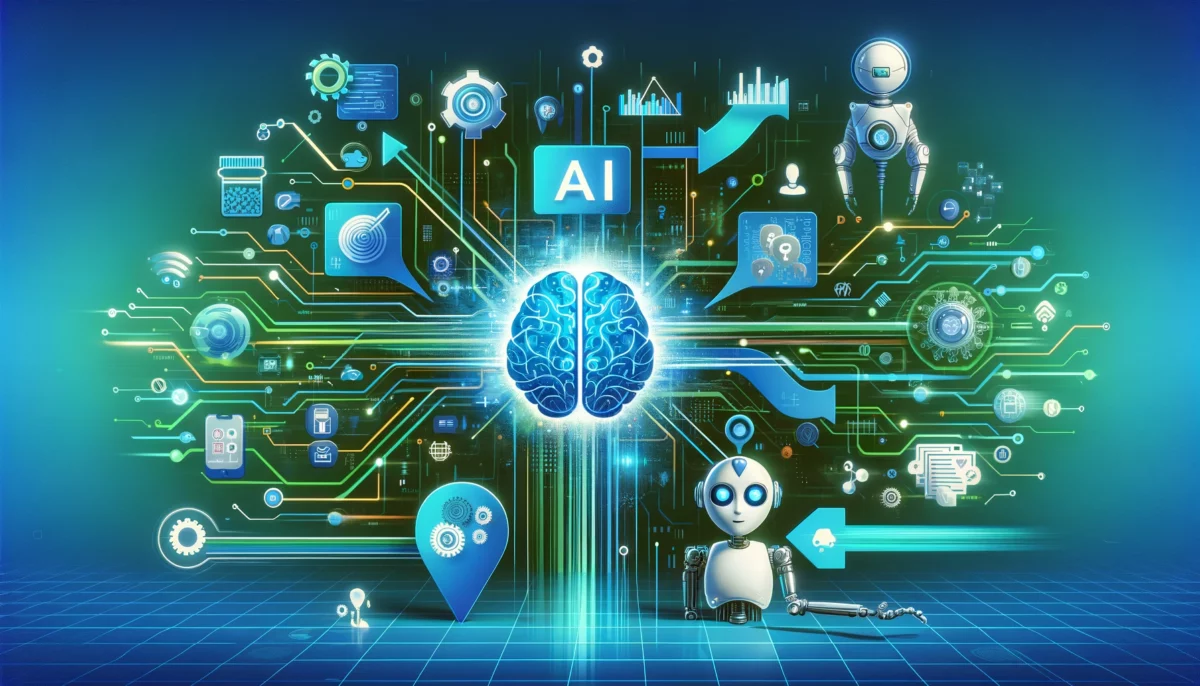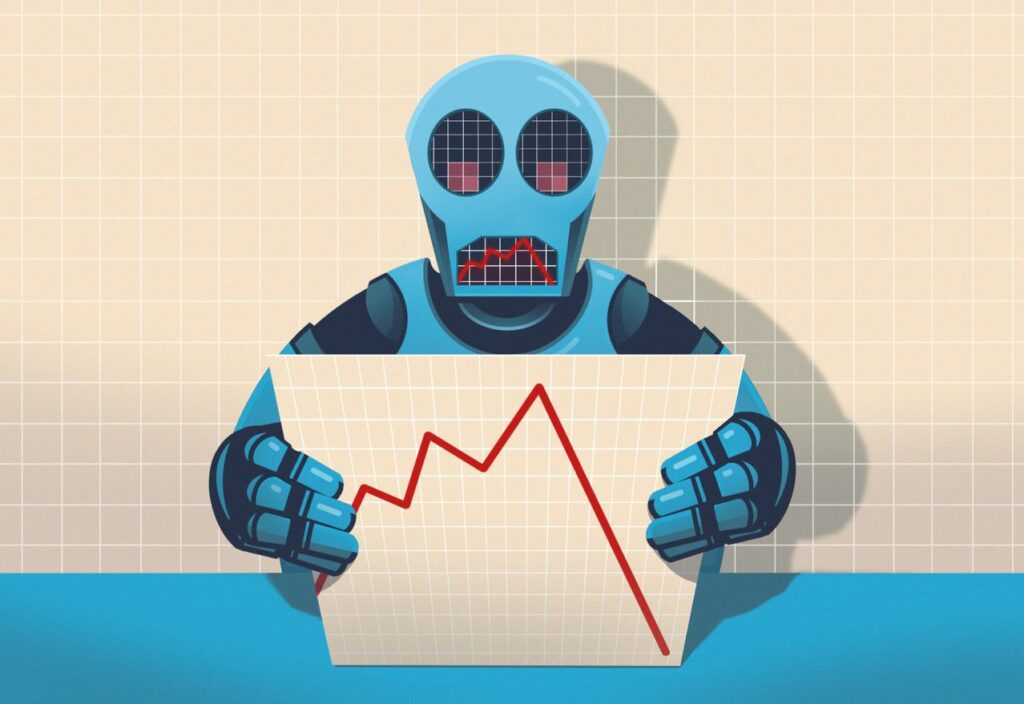I time-traveled to talk with some of history’s greatest philosophers. It didn’t cure my anxiety… but it accidentally taught me the history of philosophy.
Socrates — Socratic Method / Moral Philosophy
@tinyfool: I’ve been feeling anxious lately.
Socrates: The unexamined life is not worth living.
@tinyfool: 😑 Bro, I asked for comfort, not a philosophy exam.
Plato — Idealism / Theory of Forms
tinyfool: I’ve been feeling anxious lately.
Plato: True wisdom is knowing that you know nothing.
tinyfool: 😮 Great. Now I’m anxious and stupid.
Archimedes — Classical Science / Mathematical Philosophy
tinyfool: I’ve been feeling anxious lately.
Archimedes: Give me a lever long enough and a fulcrum on which to place it, and I shall move the Earth.
tinyfool: 😐 Cool, can you move my anxiety out of the way while you’re at it?
Diogenes — Cynicism
tinyfool: I’ve been feeling anxious lately.
Diogenes: I threw away my cup when I saw a child drinking from his hands.
tinyfool: 😐 Okay… but how does that help my panic attacks?
Epicurus — Epicureanism
tinyfool: I’ve been feeling anxious lately.
Epicurus: If you wish to be rich, do not add to your money, but subtract from your desires.
tinyfool: 😩 I just wanted peace of mind, not a lecture on minimalism.
Friedrich Nietzsche — Existentialism / Nihilism
tinyfool: I’ve been feeling anxious lately.
Nietzsche: When you gaze long into the abyss, the abyss gazes also into you.
tinyfool: 😬 That’s literally what I’m trying to avoid, man.
Descartes — Rationalism
tinyfool: I’ve been feeling anxious lately.
Descartes: I think, therefore I am.
tinyfool: 😑 Great. So my overthinking just proves I exist.
Karl Marx — Marxism / Political Philosophy
tinyfool: I’ve been feeling anxious lately.
Karl Marx: The philosophers have only interpreted the world; the point is to change it.
tinyfool: 😫 I just wanted to change my mood, not start a revolution!
Kant — Transcendental Idealism
tinyfool: I’ve been feeling anxious lately.
Kant: Act only according to that maxim whereby you can, at the same time, will that it should become a universal law.
tinyfool: 🤯 Bro, I just want to sleep, not pass a moral exam.
Schopenhauer — Philosophical Pessimism
tinyfool: I’ve been feeling anxious lately.
Schopenhauer: Life is a constant oscillation between desire and boredom.
tinyfool: 😫 Thanks, now I’m anxious and depressed.
Hegel — German Idealism
tinyfool: I’ve been feeling anxious lately.
Hegel: The truth is the whole.
tinyfool: 😵 I don’t even understand half of my feelings, man.
Camus — Absurdism
tinyfool: I’ve been feeling anxious lately.
Camus: One must imagine Sisyphus happy.
tinyfool: 😐 So I’m supposed to enjoy pushing this rock called anxiety?
Wittgenstein — Analytic Philosophy / Philosophy of Language
tinyfool: I’ve been feeling anxious lately.
Wittgenstein: The limits of my language mean the limits of my world.
tinyfool: 🤔 So I’m anxious because I don’t have the right vocabulary?
Derrida — Deconstruction
tinyfool: I’ve been feeling anxious lately.
Derrida: There is nothing outside the text.
tinyfool: 😶 Cool, so my feelings are just… badly written literature?
Simone de Beauvoir — Feminist Existentialism
tinyfool: I’ve been feeling anxious lately.
Simone de Beauvoir: One is not born, but rather becomes, a woman.
tinyfool: 🤨 Okay, but I just became anxious, not a gender construct.
Sartre — Existentialism
tinyfool: I’ve been feeling anxious lately.
Sartre: Man is condemned to be free.
tinyfool: 😩 That explains my anxiety perfectly… and makes it worse.
Foucault — Post-Structuralism / Power Theory
tinyfool: I’ve been feeling anxious lately.
Foucault: Where there is power, there is resistance.
tinyfool: 😤 Bro… I’m not resisting power, I’m resisting overthinking!




